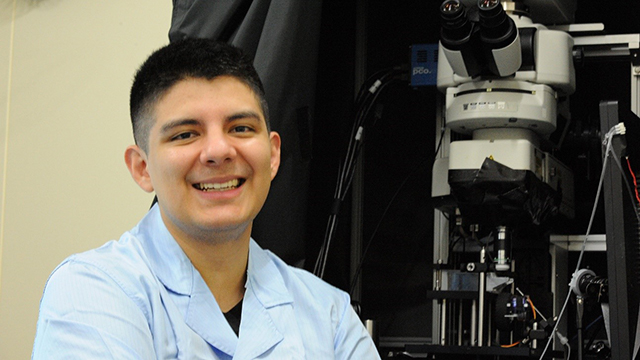
What do you like about BSTP?
As a complete green hand who transferred from business to psychology, and then to neuroscience, BSTP offers me a great opportunity to get a comprehensive grasp of both fundamental and advanced knowledge covering the whole spectrum of neuroscience. Moreover, it is fantastic to have (virtual) face-to-face conversations with so many truly amazing PIs, peers, and friends. It is indeed one of the best training programs I have ever participated in, and one I will never forget.
In my naive point of view, the biggest question that I have about the brain is: how is memory formed? This question has haunted researchers for thousands of years, has formed the cornerstone of quests to understand consciousness and self-identity, and has driven civilized people to pursue the axiom of human nature from the perspectives of religion, philosophy, and biological sciences.
Through the program, I want to fill in the knowledge gap of neuroscience, get acquainted with the cutting-edge research and the state-of-the-art research methods of neuroscience, and ignite the inspiration for my potential research project.
Muhang Li Almasy is currently working (remotely) as a technical staff in the Lab for Circuit and Behavioral Physiology led by Dr. McHugh at RIKEN CBS. She started her Ph.D. at the University of Tokyo in April 2021, under the supervision of Dr. McHugh.
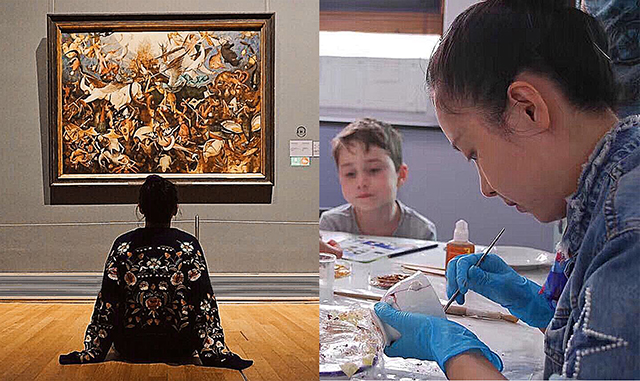
What do you like about BSTP?
BSTP provides us with a great opportunity to learn the basics of a very wide range of neuroscience topics. Also, the program covers the latest research, including unsolved problems about the brain from great CBS PIs. I am interested in understanding how information is processed in the brain using computational models. Since BSTP covers both theoretical and experimental topics, I am trying to learn both perspectives to find clues to improve my study and research.
Kensuke Yoshida is a Ph.D. student at the University of Tokyo who is conducting research as a Junior Research Associate in Toyoizumi lab. He is currently using a computational model to study synaptic plasticity and information processing during sleep.
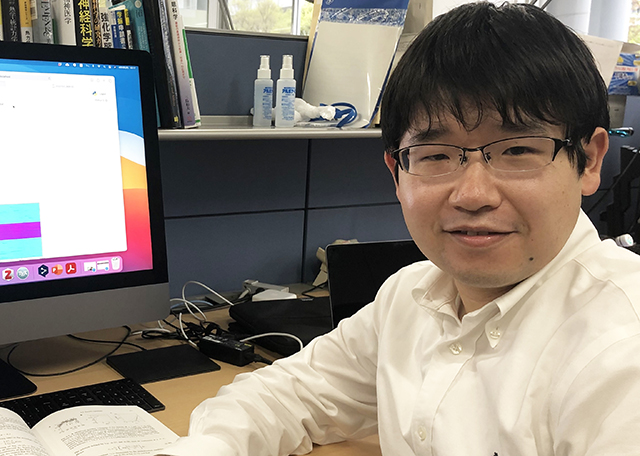
What do you like about BSTP?
BSTP provides valuable lectures on neuroscience research from experts in the field. BSTP offers broad topics with a vast amount of information on the latest issues in neuroscience. I am currently researching the inflammatory activity of microglia and astrocytes, along with neurons, in Traumatic Brain Injury, but I also wish to learn more about behavior and how the brain develops. BSTP’s great lecturers allow me to gain insight into what is going on in the brain when we try to learn a new activity, when we move voluntarily and involuntarily, and also how the brain develops into the shape we all recognize.
Juan Tjahjono is a Master’s student at Waseda University, majoring in Neuroscience.
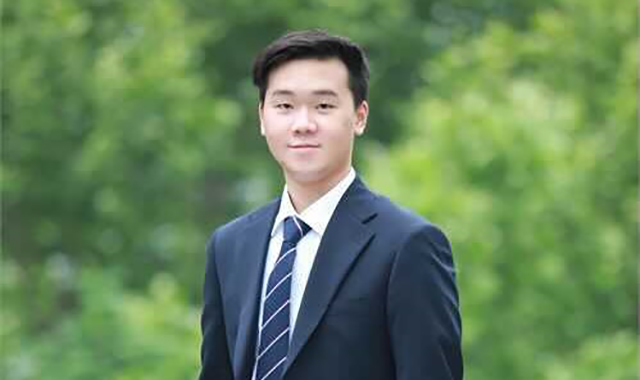
What do you like about BSTP?
I feel very lucky to be able to participate in such a special program. Before the program started, I was a bit afraid of falling behind in class. However, it turned out that all the lectures are exciting and challenging thanks to the brilliant and thoughtful CBS lecturers. Moreover, getting to know my wonderful classmates has not been what I expected! We are from different backgrounds so we can help each other to deepen our understanding of each neuroscience topic discussed in class. This has actually provided a little sigh of relief during the pandemic. All the participants have completed the mid-term exam, and the latter half of the program has just started. I am very much looking forward to continuing my journey of studying neuroscience through BSTP!
Hirokazu Hatta is a graduate student from Kyoto University researching human social cognition and behavior using neuroimaging methods.

What do you like about BSTP?
My favorite part of the Brain Science Program is that I can learn about state of the art research from leading experts in the field alongside highly motivated peers with different perspectives.
My biggest question about the brain right now is: how does self-motion information influence representation of the spatial map together with path integration information in the brain?
Through BSTP, I’d like to explore more of the various fields of neuroscience and incorporate this knowledge into my current and future research.
Tomoka Yoseyama is a senior college student in the US and a research intern at OIST. She is originally from Ishigaki island in Okinawa and is currently studying hippocampal place cells using an electrophysiological approach.
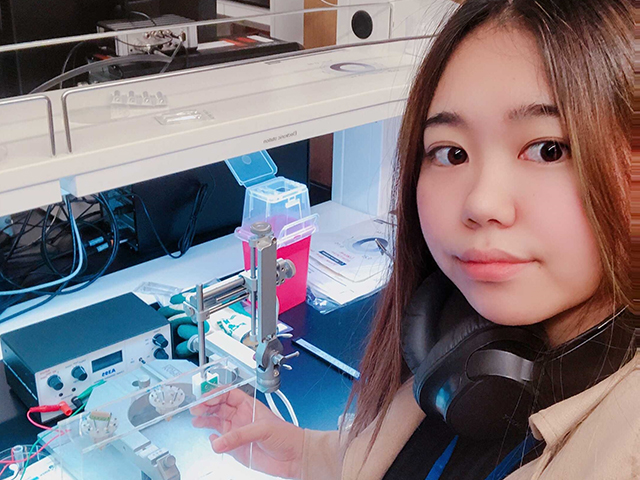
What do you like about BSTP?
The BSTP lecture course provides me with a diverse range of knowledge from basic to more recent and specialized research. Through this program, I want to acquire a multifaceted view of neuroscience. My main interest in the brain is to understand the fundamental mechanisms of emotion and behavior. I would like to explore this as a scientist from broader points of view.
Additionally, exciting and respectful colleagues attend the classes from all over the country. I can closely observe them and talk directly to them. Through these experiences, my goal is becoming clearer, and I, myself, am becoming more enthusiastic about neuroscience.
Ryoga Suzuki is studying behavior and whole brain activity in C. elegans in response to a “fear” stimulus at Nagoya City University.
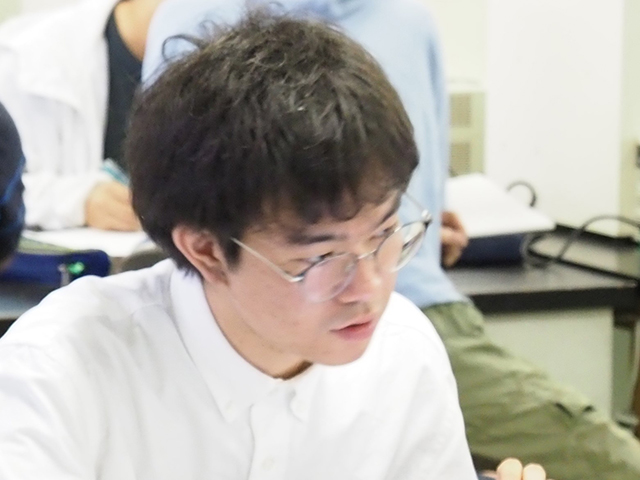
What do you like about BSTP?
BSTP provides valuable lectures on neuroscience research from experts in the field.
I am impressed by the excellent caliber of CBS PIs and am learning a lot about their approaches to tackling their scientific questions. Their insights into the neural system as well as philosophical viewpoints are very interesting and stimulating.
Currently, my biggest question about the brain is “how can interconnected neurons allow us to perform skillful movements and learn patterns of activity through practice?” Both neuroscientific and behavioral evaluation of our motor performance are needed to understand the relationship between changes in patterns in neural activity and corresponding behaviors. Through BSTP, I want to learn different ways to conduct research that will enable me to make important contributions to science and society at large.
Seitaro Iwama is a Ph.D. candidate conducting research on brain-computer interfaces and neurofeedback at Keio University.

What do you like about BSTP?
BSTP provides an exposure to a diverse range of topics in neuroscience, including those at cellular, computational, and behavioural levels. Not only are we given the opportunity to enhance our fundamental understanding of the brain, we also have the privilege of being taught by scientists who are experts in their fields and learn about the research currently being conducted in their labs. I am excited to continue expanding my knowledge of neuroscience with more lectures to come, and hope that the course will help me develop the ability to address questions about the brain by looking at it from an interdisciplinary standpoint.
Hanna Tagomori is a technical staff at CBS Laboratory for Distributed Cognitive Processing, where she assists projects which aim to elucidate how our brain creates a coherent sense of our surroundings. She hopes to learn more about the brain networks involved in sensory memory, and gain more experience and a deeper understanding of neuroscience overall.
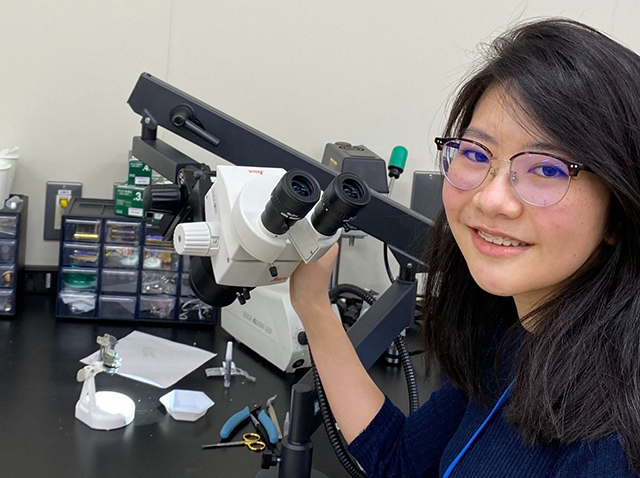
What do you like about BSTP?
I can gain comprehensive knowledge in neuroscience from very basics to cutting-edge advancement from eminent researchers. Plus, I can make connections with other motivated learners countrywide. Through BSTP, I can keep up with the recent progress of neuroscience. A deep understanding of the field will endow me with firm groundwork for future ground-breaking research. My biggest question about brain is “what do computational and biological substances of learning underlie psychiatric disorders, especially depression?”
Yasutaka Odo is a junior undergraduate who studies computational psychology and works on reinforcement learning models at Nagoya University. Before pursuing his education at university, he was working as a math and English teacher at a free school for young folks who refuse to go schools. He joined CBS Brain Image Analysis Unit as a part-time technician.
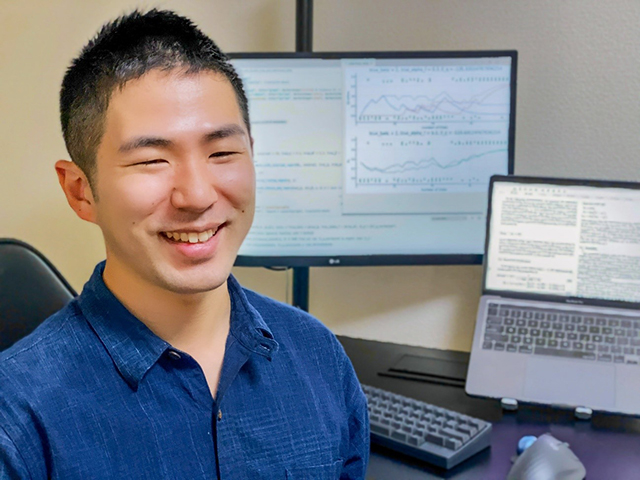
What do you like about BSTP?
BSTP is extremely helpful and provides me a unique chance to get familiar with the on-going neuroscience topics in different research groups at RIKEN CBS. I also have the opportunity to share my ideas with PIs on various topics. I am interested in using neuroscience knowledge to design better AI and, in turn, to use AI to accelerate our understanding of the brain. Through attending this program, I hope I can get some inspirations for my research!
Yi Wang is a newly appointed research scientist at CBS McHugh lab.
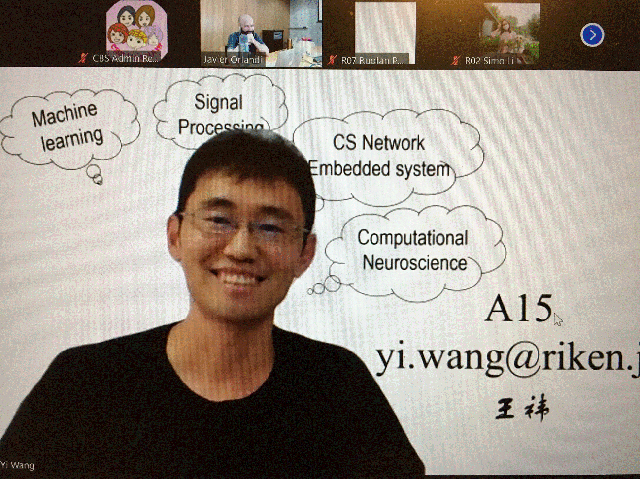
What do you like about BSTP?
I can study the latest research from excellent teachers. The program is useful for people like me, a busy business person, who doesn’t have enough time to survey the latest research about neuroscience in a timely manner.
My biggest question about the brain is “Why and how do our brains generate curiosity?” I think that curiosity is one of the key elements which ultimately brings about humanity. I believe that maintaining a high level of curiosity is essential for leading a rich life as a human.
Through the program, I want to sow the seeds for producing new Brain Tech products at the AI company that I work for. RIKEN CBS is full of excellent seeds, and with these, I’m sure that I will be able to incubate Brain Tech products that will be competitive against those of U.S. companies such as Neuralink or other leading companies.
Rei Sasaki is a product manager with Japanese tech company ExaWizards Inc..
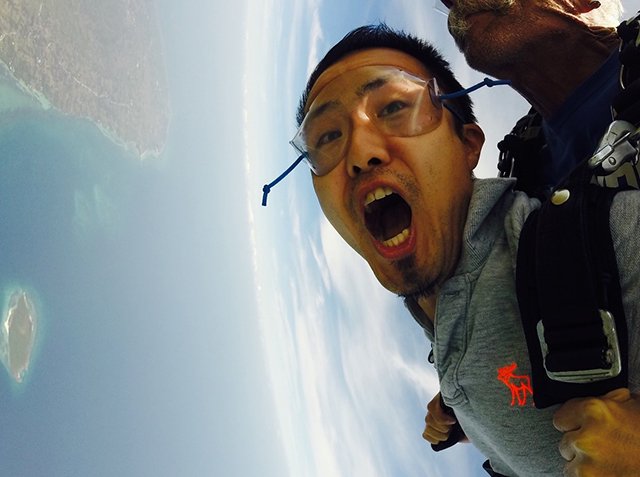
What do you like about BSTP?
It's a good opportunity to learn about the overall field of neuroscience. Before I continue my studies at graduate school, I want to clarify which neuroscience topic I would like to focus on in my research. From last year, BSTP provides lectures online which makes it possible for people like me who reside far away from RIKEN to participate. I am looking forward to interacting with as many RIKEN CBS researchers and other participants as possible and to making the most of this experience for my further research and career.
Karin Yamaguchi is studying the sugar response in Drosophila using calcium imaging in the Tanimoto Lab, Tohoku University.

What do you like about BSTP?
I want to become a physician-scientist that connects research with the clinical needs of people who suffer from mental illnesses, like developmental disabilities. BSTP provides a wonderful environment in which to gain in-depth knowledge into my research areas and diverse knowledge and skills related to brain science. Both lecturers and participants are highly motivated and the participants can freely ask questions and connect with each other. Neuropsychiatry has only been around for 100 years or so, which means we still have a lot to learn. But recent progress has been tremendous. I am interested in exploring further possibilities of scientific approaches for mental illness.
Kazuho Nakahara is a medical student at Keio University who has joined Multidisciplinary Translational Research Lab to deepen her knowledge of psychiatric disorders, especially autism spectrum disorder. She is learning approaches like TMS-EEG/MRS and neuromodulation for studying mental illness.

What do you like about BSTP?
BSTP provides us with the opportunity to learn about neuroscience from researchers who are directly involved in cutting-edge research. Their experience and expertise are very valuable to those of us who are just starting a career in science. I really like the fact that both students and faculty come from diverse backgrounds. In science, tackling a problem or question often involves viewing the issue from different perspectives. BSTP is creating the right environment to nurture future scientists to be innovative and think outside the box.
Federico Bolanos is a doctoral student at the University of Tokyo and a junior research associate at CBS studying how the brain processes visual textures. His goals for BSTP are to further develop his knowledge in the fundamentals of neuroscience and to ask more detail-oriented questions to the PIs with expertise relevant to his research.
